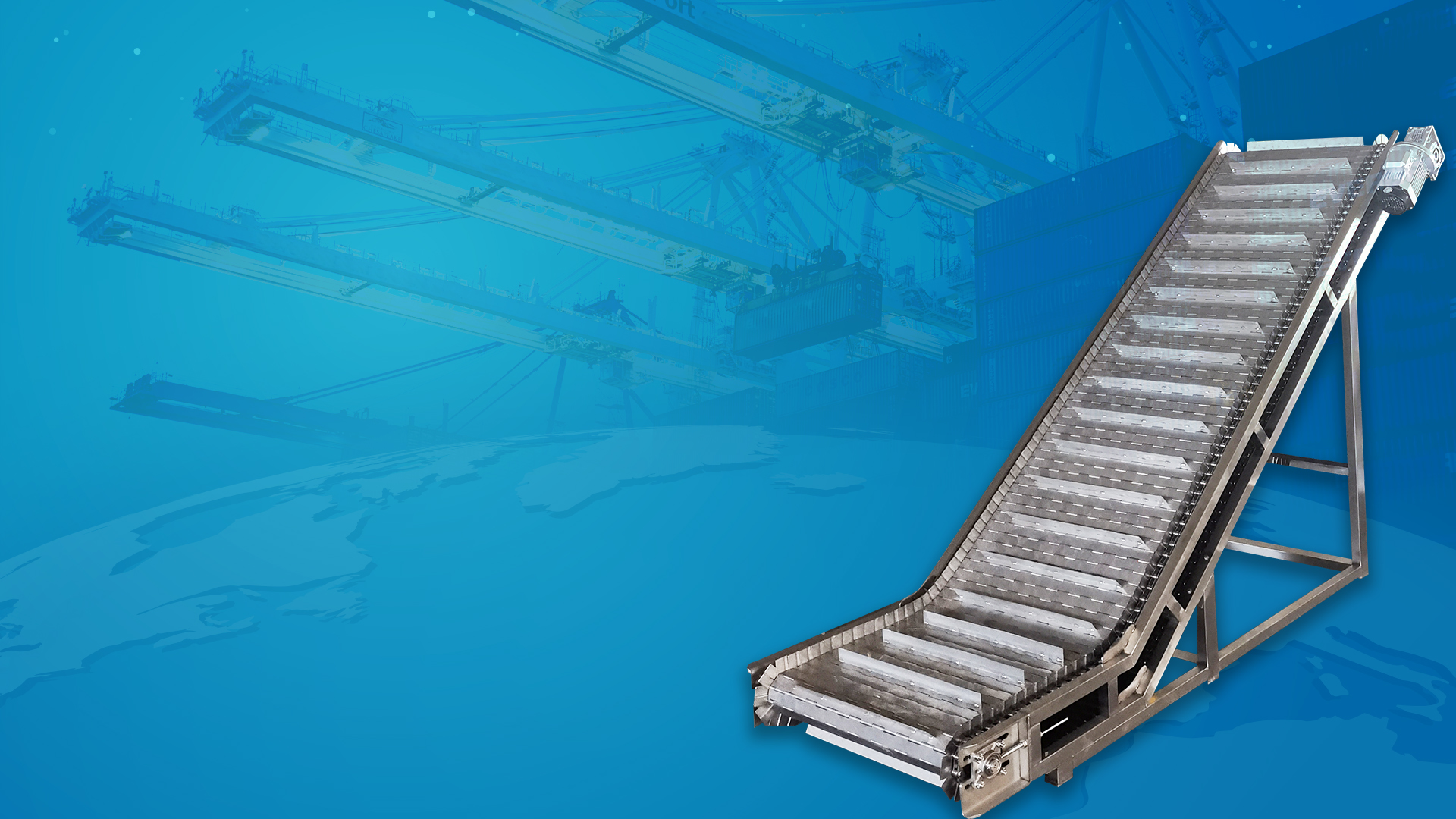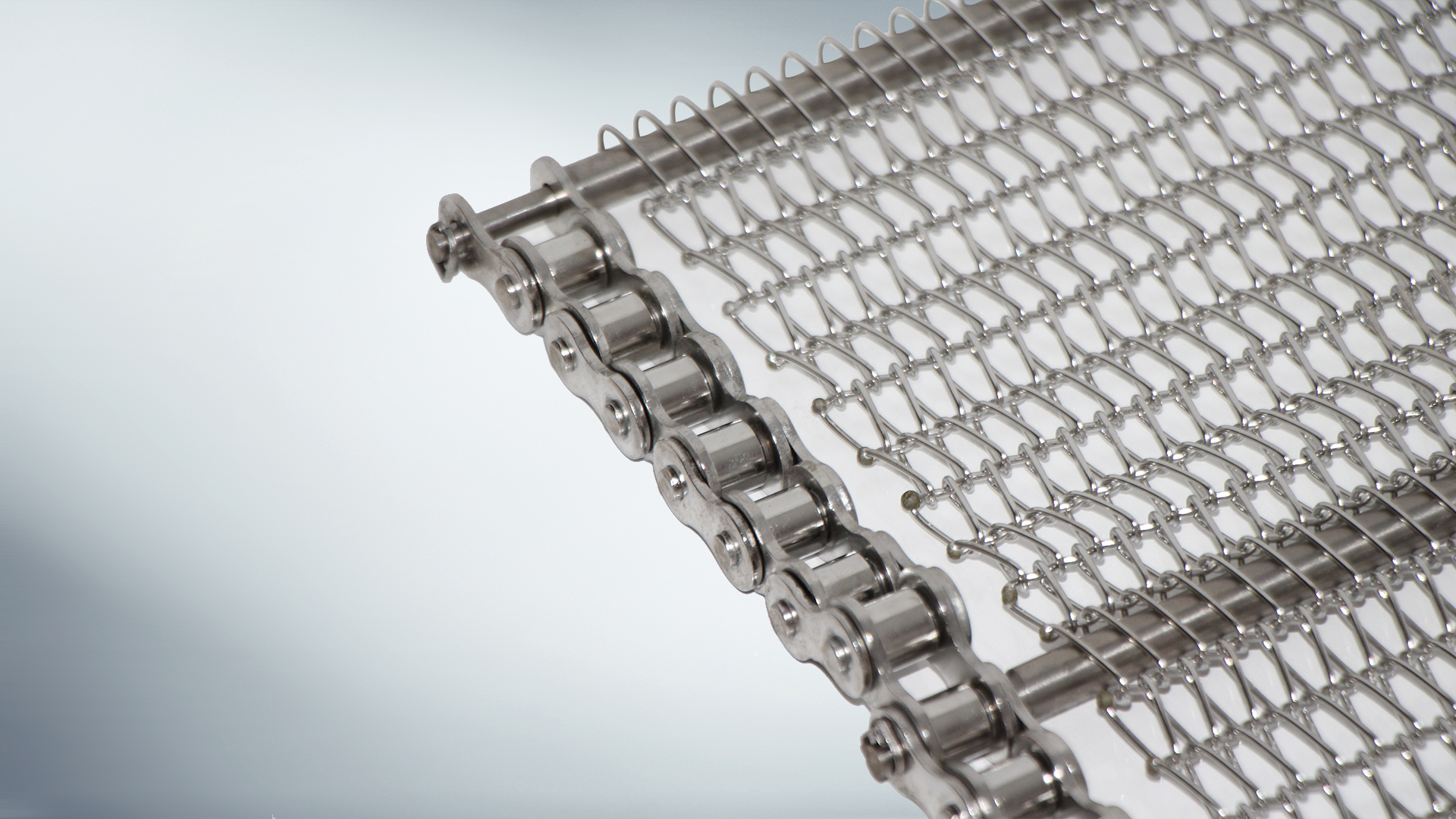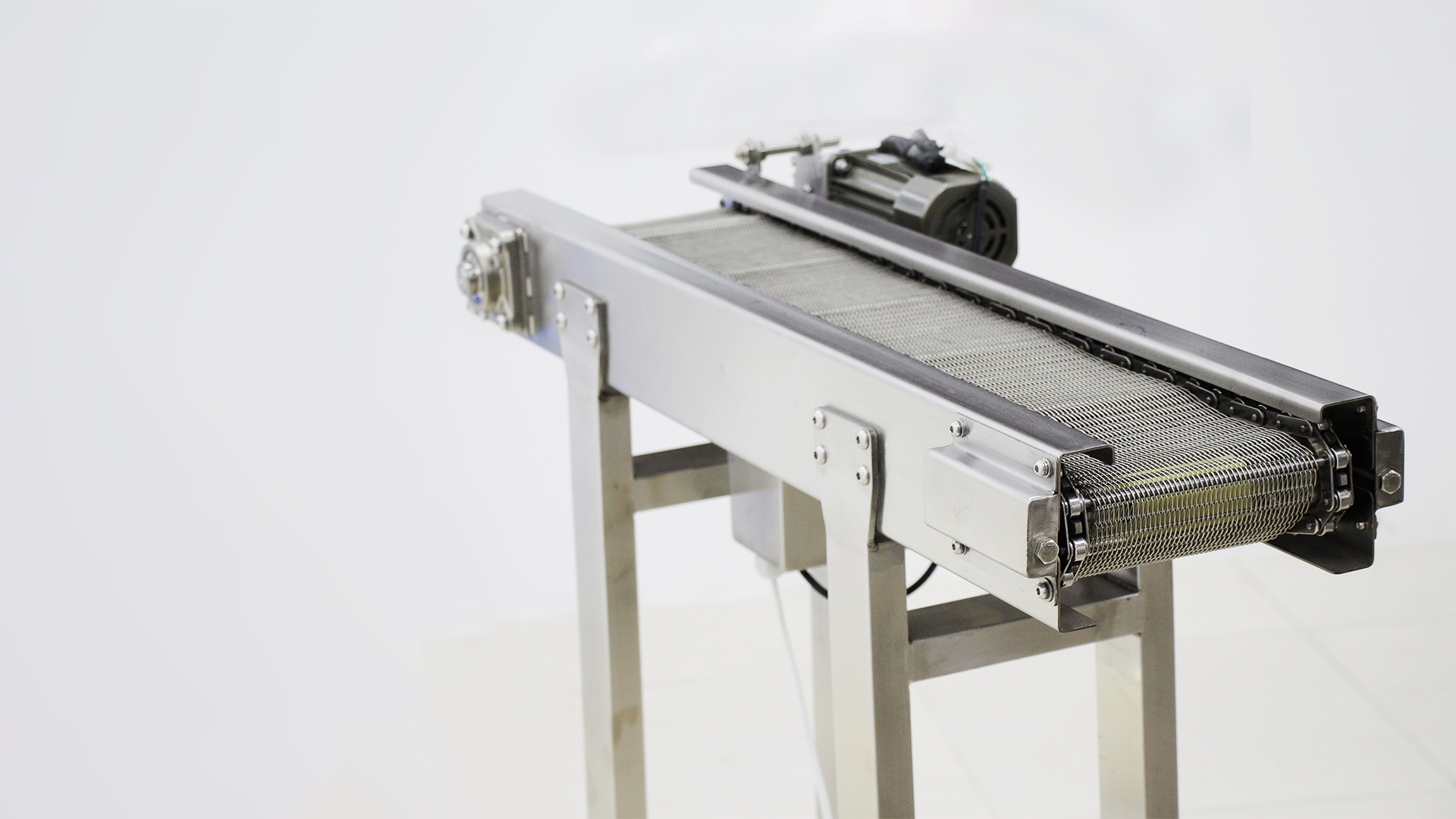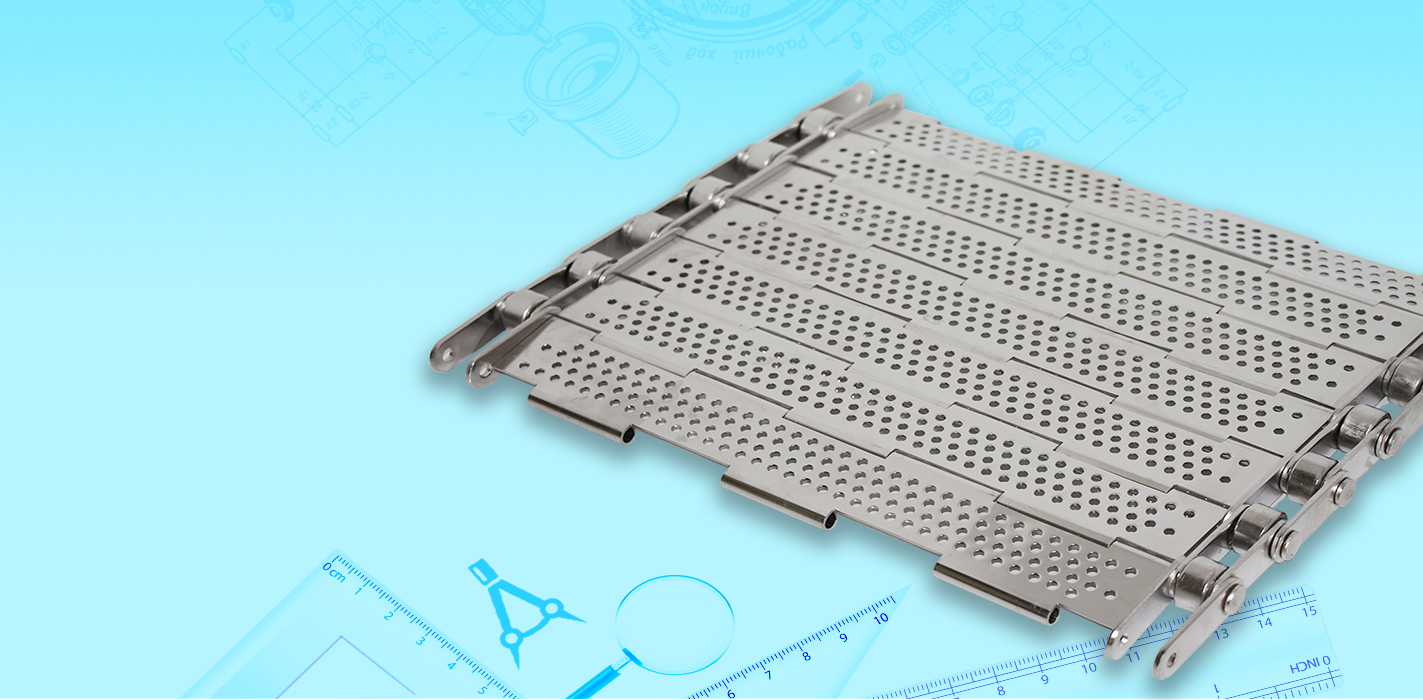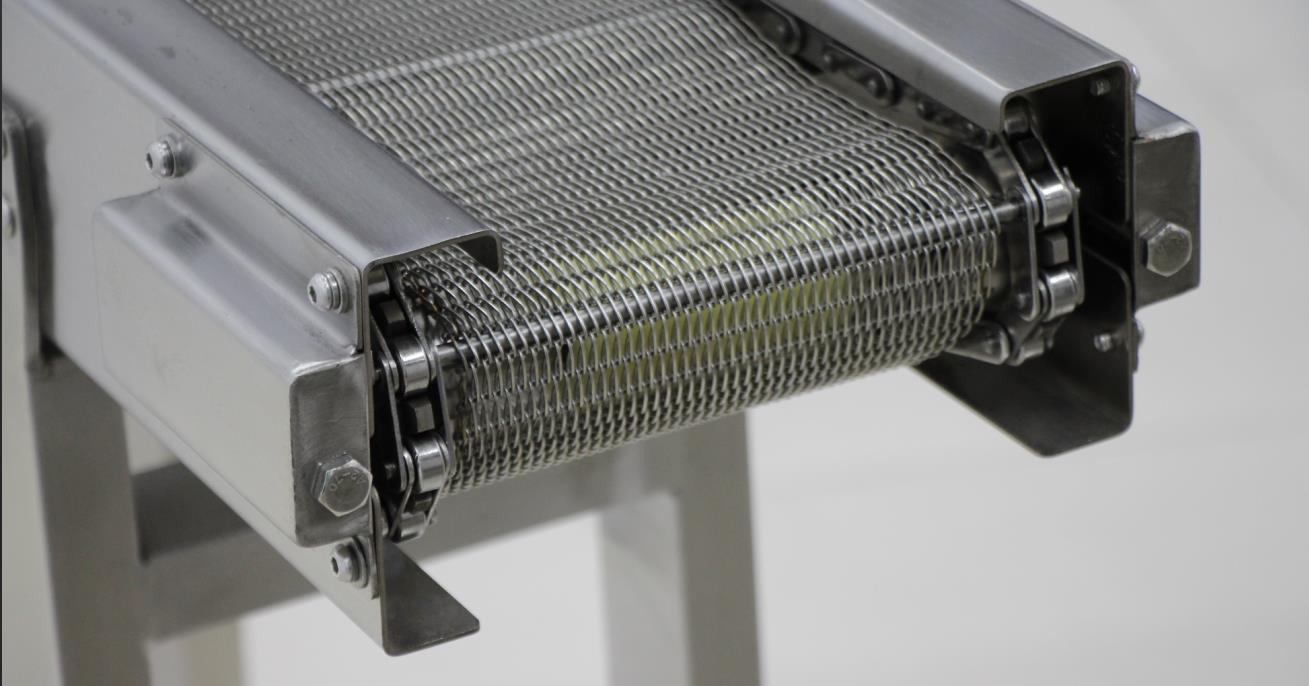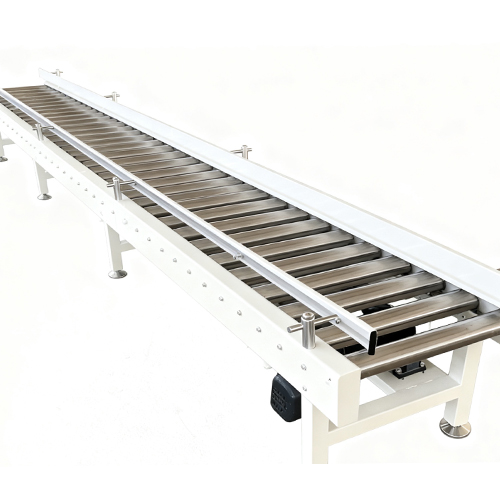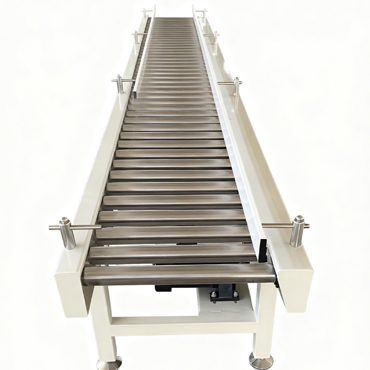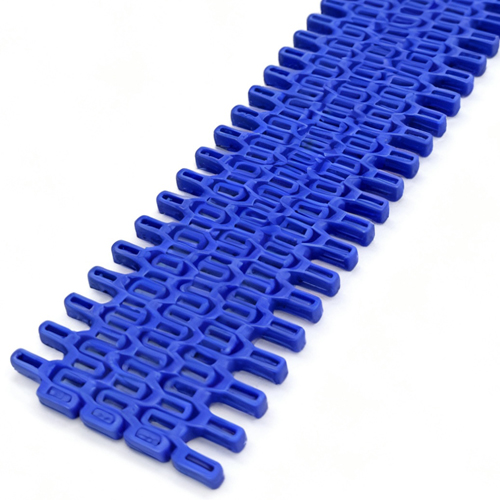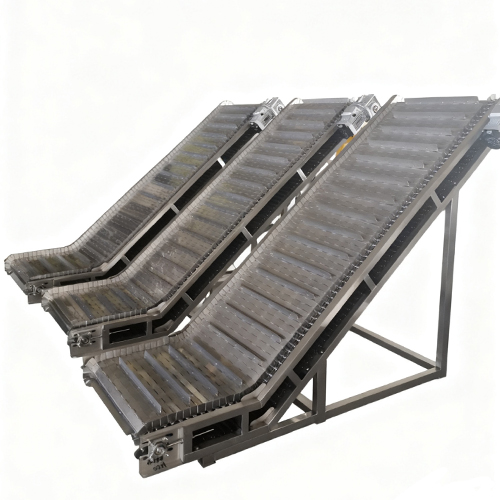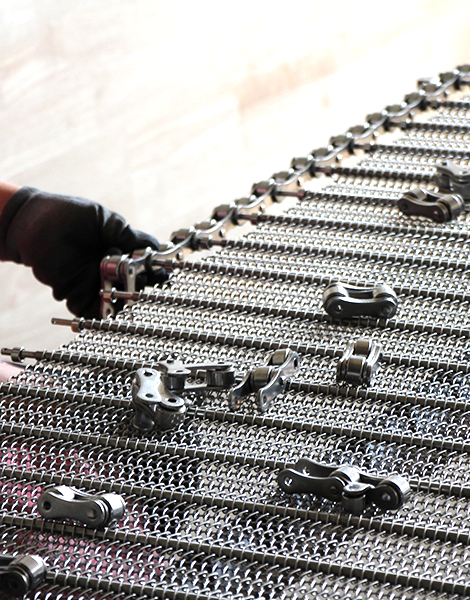I. Excessive Load Causing Slippage
Slippage is likely to occur when the weight of materials carried by a belt conveyor exceeds its design load capacity. This happens because the drive shaft and belt are subjected to excessive pressure, and the torque on the bearings and drive system surpasses the preset limits. Ultimately, this leads to slippage.
II. Belt Aging and Wear
Over time and with prolonged operation, the belt gradually ages and wears, reducing its friction and causing slippage. This wear is accelerated even more when transporting highly corrosive materials.
III. Uneven Belt Tension:
Uneven belt tension prevents the belt from fully engaging with the conveyor's drive shaft, resulting in slippage. In such cases, the conveyor requires adjustment and maintenance to ensure uniform belt tension and enable normal operation.
IV. Drive System Malfunctions
A belt conveyor's drive system includes components such as the drive unit, reducer, and bearings. Failures in these systems can also cause slippage. For example, damage to the drive unit from years of use or bearing failure can lead to conveyor slippage.
V. Suboptimal Material Condition
Conveying materials with poor properties, such as high viscosity or excessive moisture content, can hinder normal operation and cause slippage. Therefore, it is essential to analyze and test material characteristics beforehand. This allows for adjustments to be made to the conveyor's operating parameters and mechanical components as needed to ensure reliable performance.



